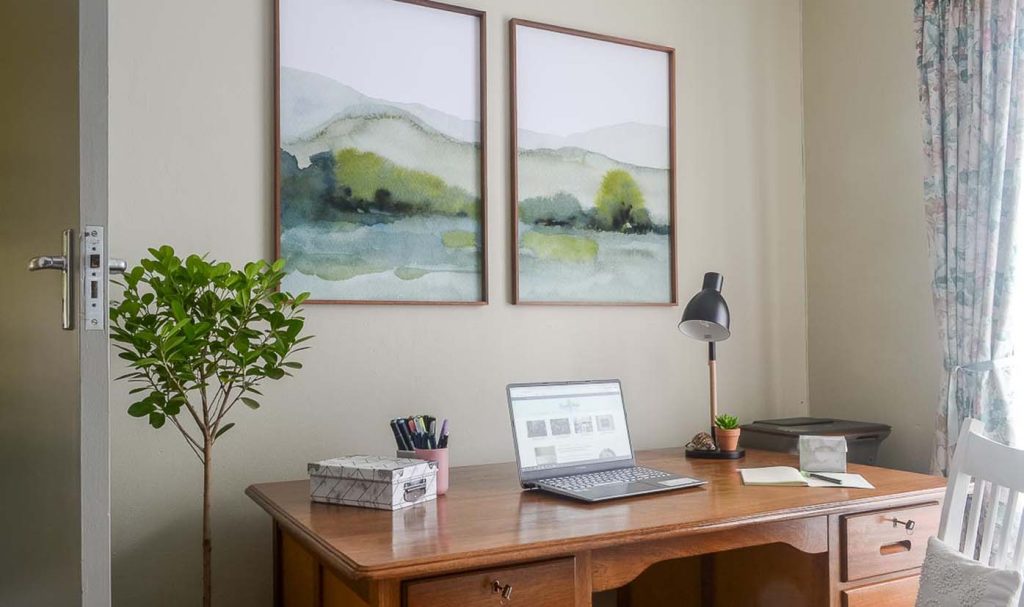Picture this: sipping coffee on your sun-drenched patio, gazing out over a garden that’s yours, not your landlord’s. No more rent increases, no more awkward plumbing calls—just you, your space, your sanctuary. That’s the dream, right?
But dreams like this don’t just magically appear—they’re planned, budgeted, and saved for. And the key to unlocking that front door? A solid financial goal-setting strategy.
We’ll unpack exactly how to set a financial plan for your dream home, the types of investment products that can help you get there faster, and smart tips that make the journey way less overwhelming (and a bit more fun). Let’s go house hunting—on paper first.
🧱 Why Financial Goal Setting Is the Foundation of Your Dream Home
Buying a home is one of the biggest financial decisions you’ll ever make. Whether you’re eyeing a cozy cabin in the woods or a chic city loft, reaching that goal requires clarity and commitment.
Goal setting transforms a vague desire (“I want to buy a house someday”) into a strategic mission (“I’ll save $80,000 in 5 years for a down payment”). When you get specific, your brain gets to work—and so does your budget.
🏠 Step 1: Define Your Dream Home
Before we talk dollars, you need to know what you’re aiming for.
- Location: Urban high-rise? Suburban community? Rural getaway?
- Size & Features: How many bedrooms, bathrooms, amenities?
- Price Range: What’s realistic for your income and market?
- Timeline: Are we talking next year or five years from now?
Example: Let’s say you want to buy a $400,000 home in four years with a 20% down payment. Your goal? Save $80,000, or roughly $1,700/month, factoring some flexibility for market changes.
💰 Step 2: Break Down the Costs
Buying a home costs more than just the sticker price. A smart financial plan includes the full picture:
- Down Payment (5%–20%+ of home price)
- Closing Costs (2%–5%)
- Home Inspection/Appraisal Fees
- Moving Costs
- Furnishing & Renovation
- Emergency Reserve Fund (because Murphy’s Law is real)
Pro tip: If you’re a first-time buyer, research programs in your country or state that offer grants or reduced down payments.
📊 Step 3: Assess Your Financial Starting Point
You can’t chart a course without knowing where you’re starting. Take a snapshot of your current financial health:
- Net worth: Assets minus liabilities.
- Monthly cash flow: Income vs. expenses.
- Savings rate: How much are you actually saving each month?
- Credit score: Affects mortgage approval and interest rate.
- Debt load: Student loans? Credit card debt? Consolidate or pay down first.
Once you know your baseline, you can start adjusting habits and reallocating funds toward your dream.
🏦 Step 4: Choose the Right Saving & Investment Strategy
Here’s where things get interesting. You’ve got time, and time = compounding. But you also want some level of safety—you don’t want your down payment wiped out in a market crash.
So what investment or savings vehicles should you consider?

1. High-Yield Savings Accounts
Best for short timelines (1–2 years). Easy access, little risk.
- Providers: Ally, Marcus by Goldman Sachs, Capital One
- Pros: Safe, FDIC-insured
- Cons: Lower returns (~4% APY in 2025)
2. Certificates of Deposit (CDs)
Lock in higher interest for a set period (1–5 years).
- Good if you won’t need immediate access.
- Laddering CDs can help balance liquidity and yield.
3. Short-Term Bond Funds or ETFs
A good middle ground—moderate risk, higher return than savings.
- Options: Vanguard Short-Term Bond ETF (BSV), iShares Short-Term Corp Bond ETF (IGSB)
4. Conservative Robo-Advisors Portfolios
Platforms like Betterment or Wealthfront let you set a goal (e.g. “home in 3 years”) and invest accordingly.
- Automatically adjust risk based on timeline.
- Set-it-and-forget-it friendly.
5. Dedicated Investment Account (Taxable)
If your time horizon is 3–5+ years, a conservative stock/bond mix might make sense.
- Consider a 60/40 or 50/50 asset allocation.
- Avoid overexposure to riskier equities if your goal is near-term.
🧠 Bonus: Automate Everything
Automated saving is your best friend. Set up recurring transfers the day after payday. Out of sight = out of mind = growing home fund.
Use budgeting apps like:
- YNAB (You Need A Budget) – Great for goal tracking.
- Empower – Net worth and cash flow monitoring.
- Rocket Money – Cuts subscriptions, boosts savings.
🏁 Step 5: Track Your Progress and Adjust
Your dream home journey won’t be a straight line—and that’s okay.
- Life happens: Promotions, weddings, babies, or layoffs.
- Markets shift: Interest rates rise or fall.
- Real estate evolves: That $400k home may become $450k.
Review your progress quarterly. Rebalance your investments annually. And always adjust for reality—not fantasy.
👥 Who Is This Strategy Best For?
This goal-setting and investment strategy works best for:
- First-time homebuyers (ages 25–40)
- Young couples planning a future together
- Mid-career professionals looking to upgrade
- Renters tired of paying someone else’s mortgage
And really, anyone with a dream of homeownership and the discipline to plan for it.

🏘️ Extra Tips and Smart Moves
- Start a “Home Fund” side hustle – Freelance income or gig work goes straight into your fund.
- Avoid lifestyle creep – Don’t inflate expenses just because you got a raise.
- Use windfalls wisely – Bonuses, tax refunds? Straight to the down payment.
- House hack – Consider buying a duplex or triplex and renting part of it to offset your mortgage.
- Build your credit – Better credit = better rates = tens of thousands saved.
💬 Final Word: Your Dream Home Is Closer Than You Think
Buying a home isn’t just a financial transaction—it’s an emotional milestone. It’s where life happens. Where memories are made. And the best part? It’s absolutely within reach when you plan like a boss.
Whether your dream home has granite countertops or a backyard for your dog, it all starts with a plan. A smart, actionable, personalized one.
So grab that spreadsheet (or app), pour a cup of ambition, and take the first step today. Because your dream home? It’s not just a place—it’s a destination. And now, you’ve got the roadmap.
